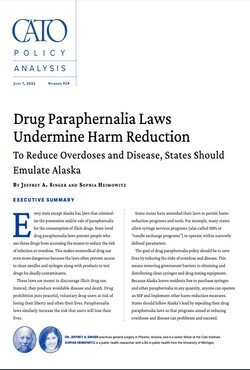By Lucas Bartolomé -Chairperson, Mihnea Dorneanu -Chairperson
At the present time, the demand for drugs is growing as strong as ever, and to meet this demand, criminal organizations set up drug production operations, particularly in politically unstable regions, often with the collaboration of local militias. These operations help fund the violence and many other criminal activities committed by these organizations, including money laundering, wildlife trading, smuggling, prostitution, human trafficking, and modern-day slavery. Furthermore, the kind of drugs grown are harmful both to the growers of the raw material in the origin country, as they are often trapped in cycles of poverty which inhibit economic development, as well as to the users, due to the societal harm addiction causes upon the population. Therefore, it is essential to fight against the drug trade and find ways to mitigate its effect; however, this is notoriously difficult. Typically, the mechanism for these kinds of operations is the following: farmers in politically unstable regions are forced to grow the plants from which drugs are extracted as they are the only ones from which they are able to make a living; they do this under the protection of local warlords or militias, to whom they often have to pay tax to. Raw opium is delivered, generally through local middlemen, to the criminal organizations that handle the refining and distribution to the rest of the world. This is usually done with either the tacit acceptance of the government, which might consider the militias as strategically useful, or by bribing corrupt government officials who will turn a blind eye. Nowadays in Asia, there exist two main areas where drug production is rampant. These are the socalled "Golden Crescent" and "Golden Triangle". The Golden Crescent covers parts of Pakistan, Afghanistan and Iran, though production is nowadays mostly concentrated in Afghanistan. The area has had a long history of cultivating poppies in order to extract opium at a small scale; nonetheless, with the Soviet invasion of Afghanistan in 1979, many mujahideen guerrillas turned to poppy farming and opium refining as a source of income, and this continued and increased throughout the end of the Soviet occupation, and the beginning of Taliban rule, as Afghanistan became the world's major source of opioids and replaced Iran and Pakistan's dominance in the region. This lasted right up until the Taliban introduced a ban on poppy farming in 2001, which was brutally enforced and caused a sharp drop in poppy farming with an accompanying skyrocketing of the price. This was short-lived as the September 11th attacks soon occurred and the ensuing invasion of the country by the United States yet again plunged the area into conflict and poppy production once more became the only source of income for many farmers. Despite many attempts by the democratic Afghan government, to this day Afghanistan continues to be the world's largest producer of opioids, which mostly get trafficked to Europe and North America, and the end of the Afghan War and resumption of Taliban rule don't seem to have put a stop to it. Despite nominally being against the drug trade, the Taliban has been accused of using poppy farming to secure its own funding and of intentionally causing the spike in price in 2001 to sell its own reserves at a higher price. The democratic government seemed more inclined to genuinely try to solve the problem; however, local corrupt officials severely undermined its efforts. Though the Golden Crescent's main export is opium, recent forays into the production of synthetic drugs such as methamphetamines have been reported, and the region is also the top exporter of cannabis.
Vienna: United Nations Office on Drugs and Crime, Model United Nations of Bucharest, 2023. 30p.










